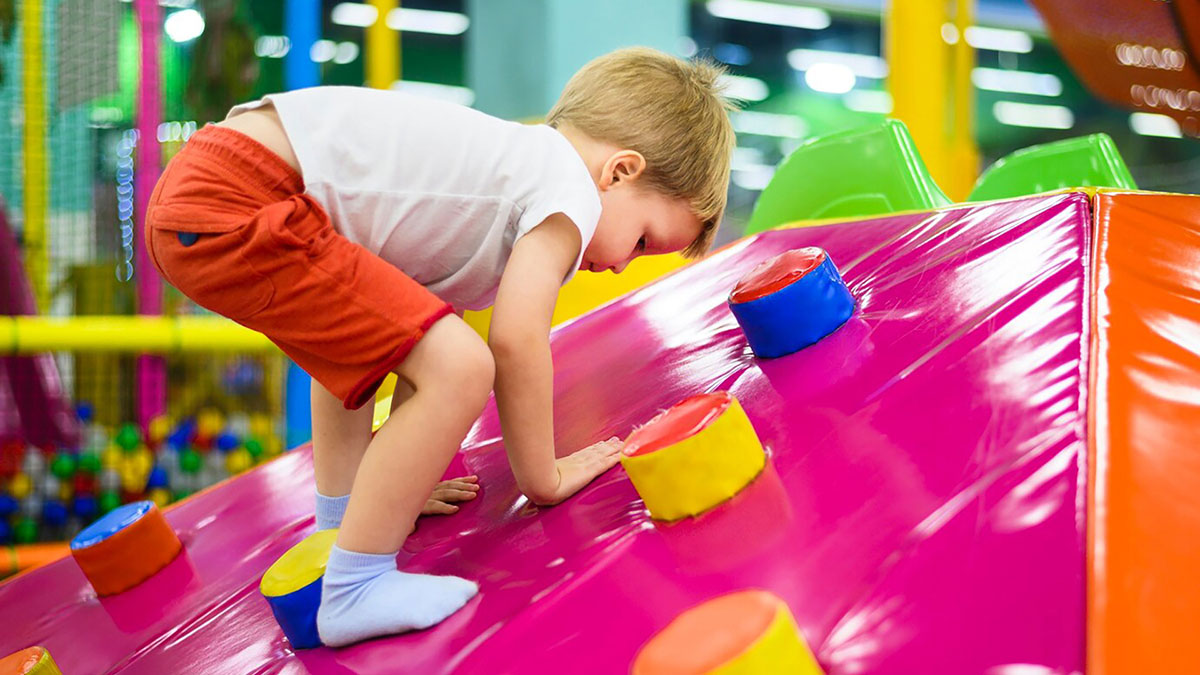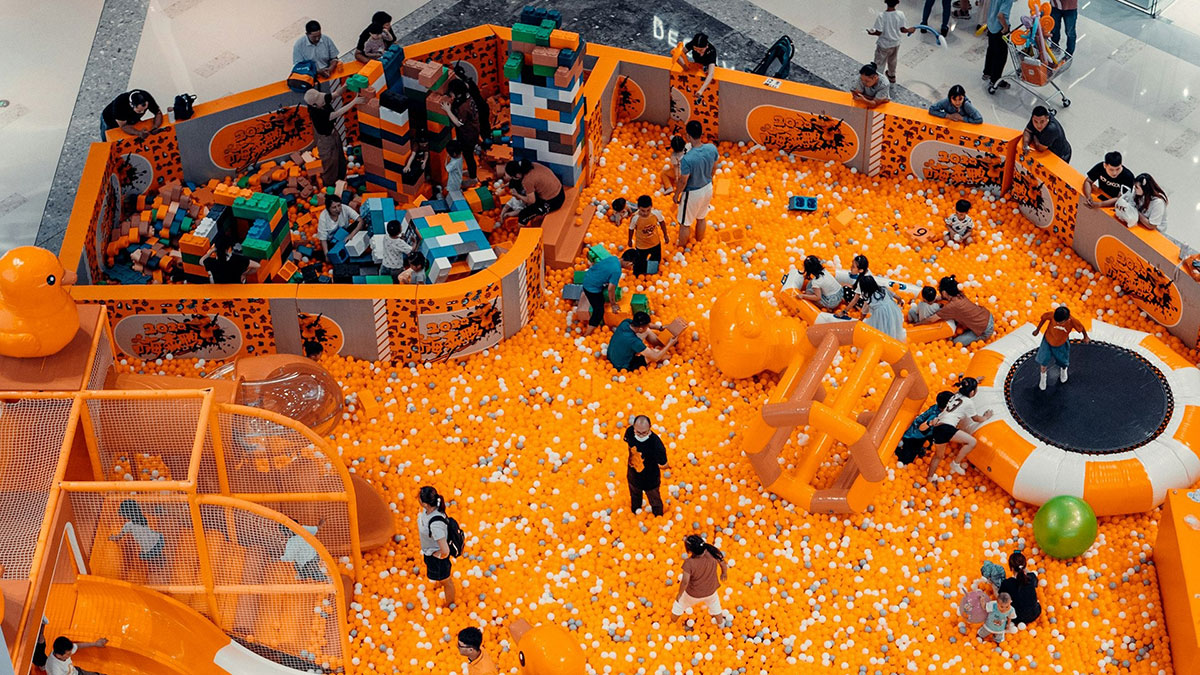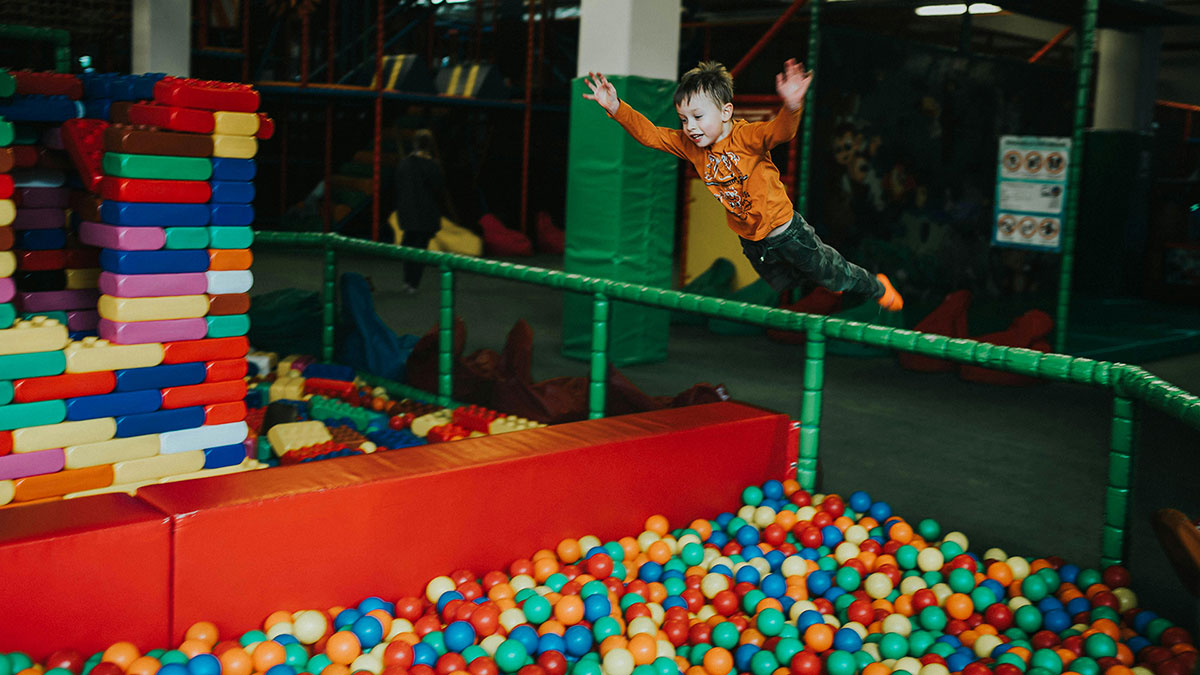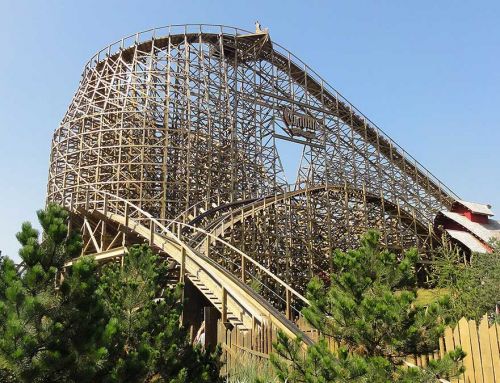Children’s playground design is part of what we understand as play architecture. More than just play spaces, playgrounds contribute to the physical and cognitive, sometimes even emotional, development of children. While this orientation applies to playgrounds in general, here we will deal with indoor playgrounds in particular.
Functional and safe design for children’s development
Good design, effective play architecture, will serve to create a space that encourages creativity, physical activity and continuous learning. But the right design will also take safety into account. In this sense, indoor playgrounds should be designed with resistant and soft materials to avoid injuries, and with structures that stimulate balance, coordination and imagination in children. Elements such as slides, ladders, tunnels and themed play areas promote motor, social and cognitive skills. In addition, bright colours and varied textures stimulate children’s senses and curiosity.
A design that adapts to children’s age and abilities
Versatility is another key attribute of indoor playground design. Each space must be adapted to the children’s age and motor skills, depending on their age and stage of development. Modular and adjustable elements allow the playground to be configured in a variety of ways, all to maintain interest and renew the challenge they represent. The play experience will be continuous and enriching.

@ Freepik
A design for children’s creative play
The design of a playground should encourage creative play and exploration. Children should be facilitated to invent stories, solve problems and develop their imagination. Themed corners, reading areas or construction zones, for example, will inspire hours of imaginative and fun play.
By Manolo Barberá, senior hydraulic modeller in Amusement Logic’s Architecture Dept.
RELATED STORIES
Newsletter




